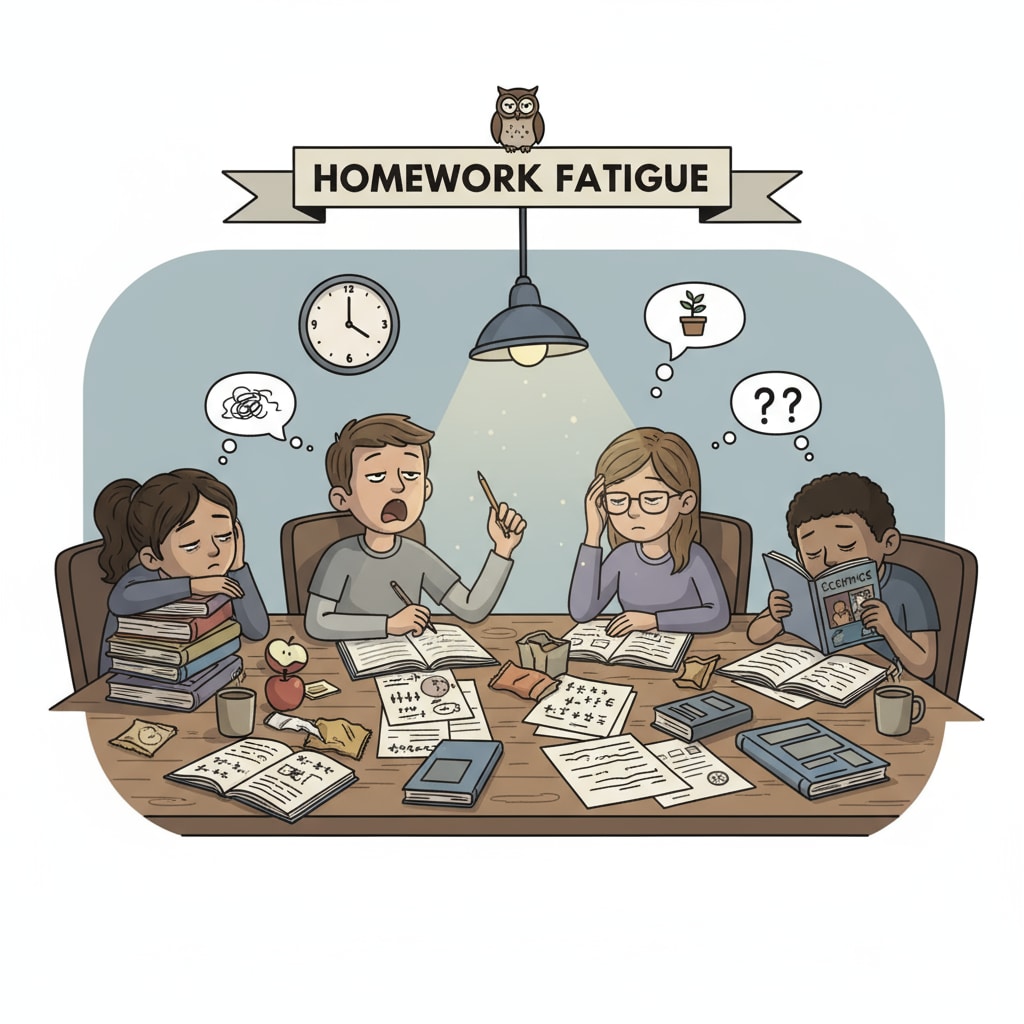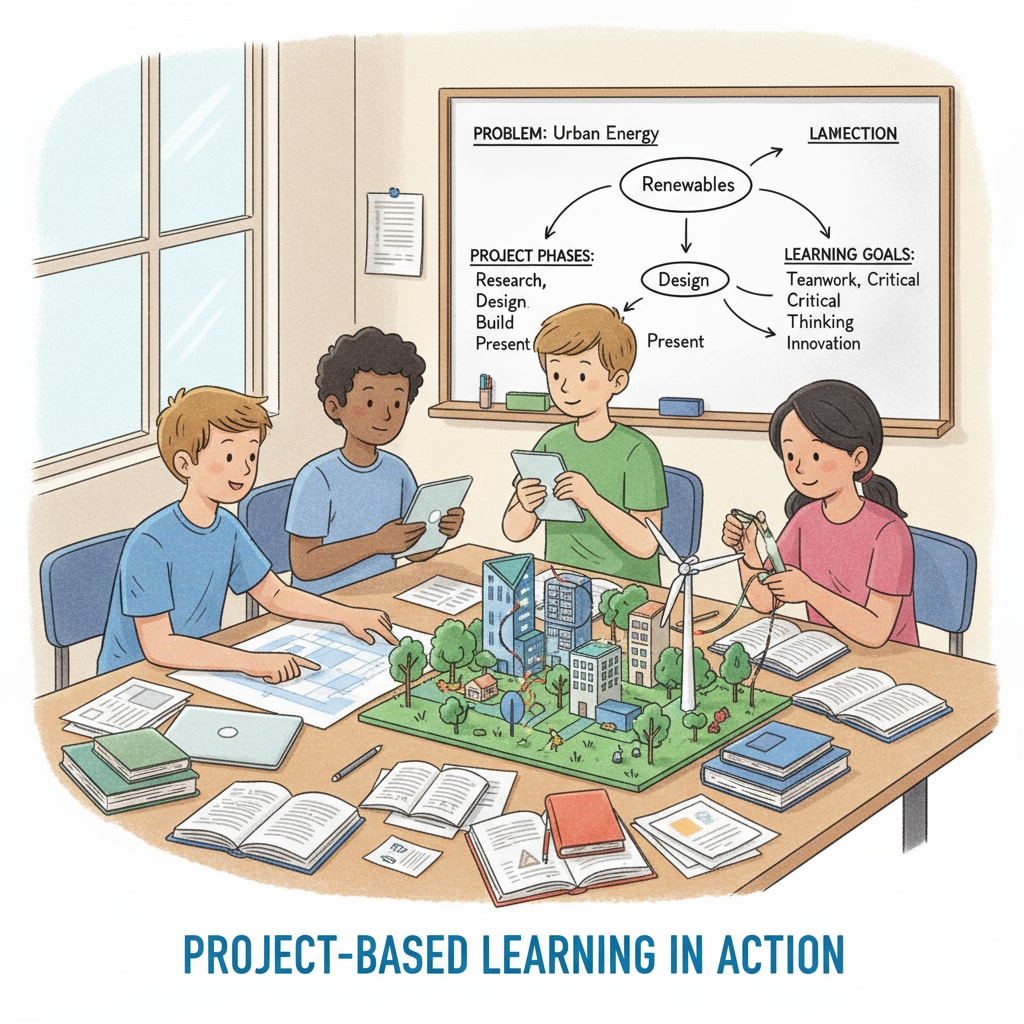Homework, teaching strategies, and student engagement are crucial aspects in the realm of education. The traditional model of assigning homework has long been a staple in K12 education. However, it is now facing significant challenges in terms of both effectiveness and student participation. In this article, we will explore innovative learning alternatives that can replace traditional homework and bring about a positive transformation in the educational experience.
The Flaws of Traditional Homework
Traditional homework often leads to a phenomenon known as “homework fatigue.” Students are inundated with a large amount of assignments, which can cause stress and burnout. For example, according to Education Week’s research on homework, many students spend hours each night completing homework, leaving them with little time for other activities. This not only affects their physical and mental health but also their overall engagement in learning. As a result, the effectiveness of traditional homework in reinforcing knowledge and skills is being questioned.

Innovative Teaching Strategies as Alternatives
One alternative is project-based learning. In this approach, students work on long-term projects that require them to apply knowledge from various subjects. For instance, they might create a presentation about a historical event, which involves researching, writing, and presenting. This not only deepens their understanding of the subject matter but also enhances their critical thinking and problem-solving skills. Another strategy is flipped classroom. Here, students watch video lectures at home and engage in discussions and activities in class. This allows for more interactive and personalized learning experiences, increasing student engagement. TeachThought’s guide on flipped classrooms provides more in-depth insights into this approach.

Moreover, peer tutoring can be an effective alternative. Students can learn from each other, share ideas, and correct misunderstandings. It creates a supportive learning environment where everyone can contribute. In addition, using educational games and simulations can make learning more fun and engaging. These activities can help students learn while having a good time, which is especially important for younger students.
Readability guidance: We have used short paragraphs to make the content more digestible. The key points are presented in a clear and straightforward manner. Transition words like “however,” “for example,” “as a result,” and “moreover” have been used to enhance the flow of the article. Each H2 section has a focused discussion, and the external links provide additional resources for further exploration.


